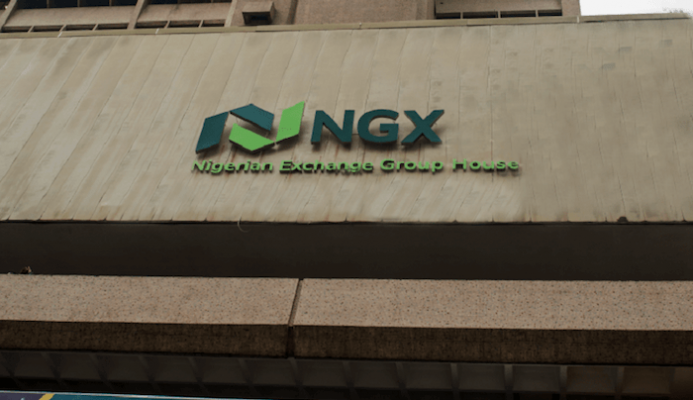Unemployment has increased by the biggest amount in almost five years, while earnings continue to grow more slowly than prices, new figures reveal.
There were 1.47 million people out of work in the quarter to December 2017, an increase of 46,000, giving a jobless rate of 4.4%.
The quarterly rise was the biggest since early 2013, although unemployment is 123,000 lower than a year ago, according to the Office for National Statistics (ONS).
Despite the increase – the first jobless jump since the summer of 2016 – the number of people in work increased by 88,000 to 32.1 million.
According to DWP Press Office twitter handle, “New independent statistics released today show that the employment rate remains at a near record high at 75.2% #StrongerEconomy”
Other figures revealed that the number of non-UK nationals from outside the EU working in this country fell by 68,000 to 1.17 million in the quarter to last December compared with the previous year.
The number of non-UK nationals from EU countries working in this country increased by 101,000 to 2.35 million, the smallest rise since 2013.
The number of workers on zero-hours contracts in their main job fell by 4,000 to 901,000 in the quarter to last December compared with the previous year.
The claimant count, which includes people on Jobseeker’s Allowance and the unemployment element of Universal Credit, fell by 7,200 last month to 823,000.
Average earnings increased by 2.5% in the year to December, unchanged from the previous month.
The number of people classed as economically inactive, including students, those on long-term sick leave, taken early retirement or who have given up looking for work, fell by 109,000 to 8.7 million, giving a rate of 21%.
Job vacancies were up by 24,000 to a record 823,000.
ONS statistician Matt Hughes said: “While this is the sharpest increase in the unemployment level ONS has seen in almost five years, the number of people in work has continued to rise and there are fewer economically inactive people.
“Earnings continue to grow more slowly than prices.
“Rising employment this past year was largely driven by UK nationals. In particular, fewer citizens from eastern European countries were in work than in the year before.
“It’s important to remember these figures simply look at the number of people in work, and aren’t a measure of migration.”
The number of self-employed workers fell by 31,000 to 4.8 million.










